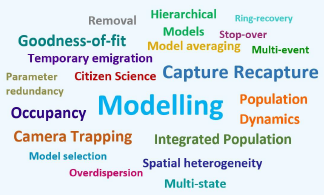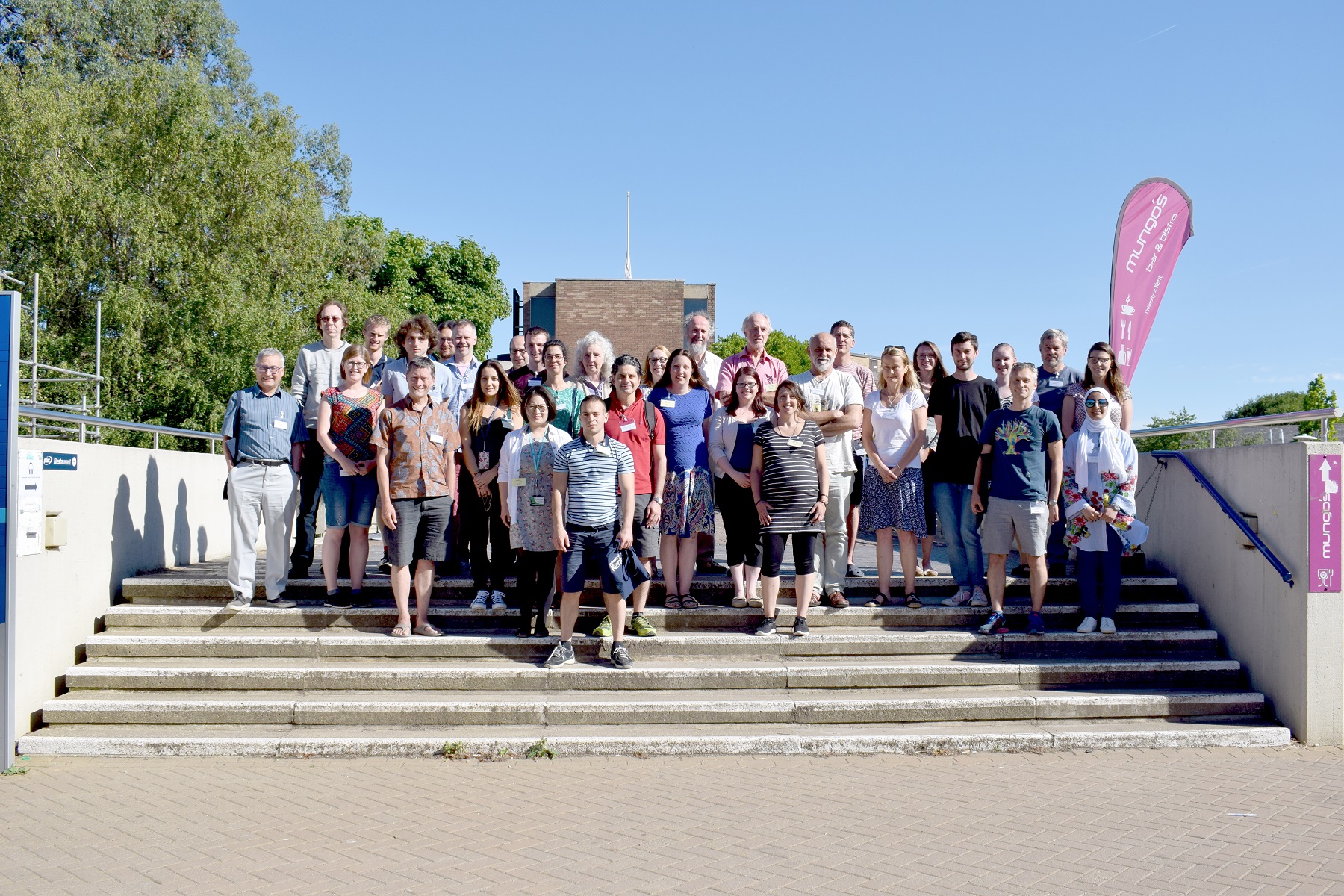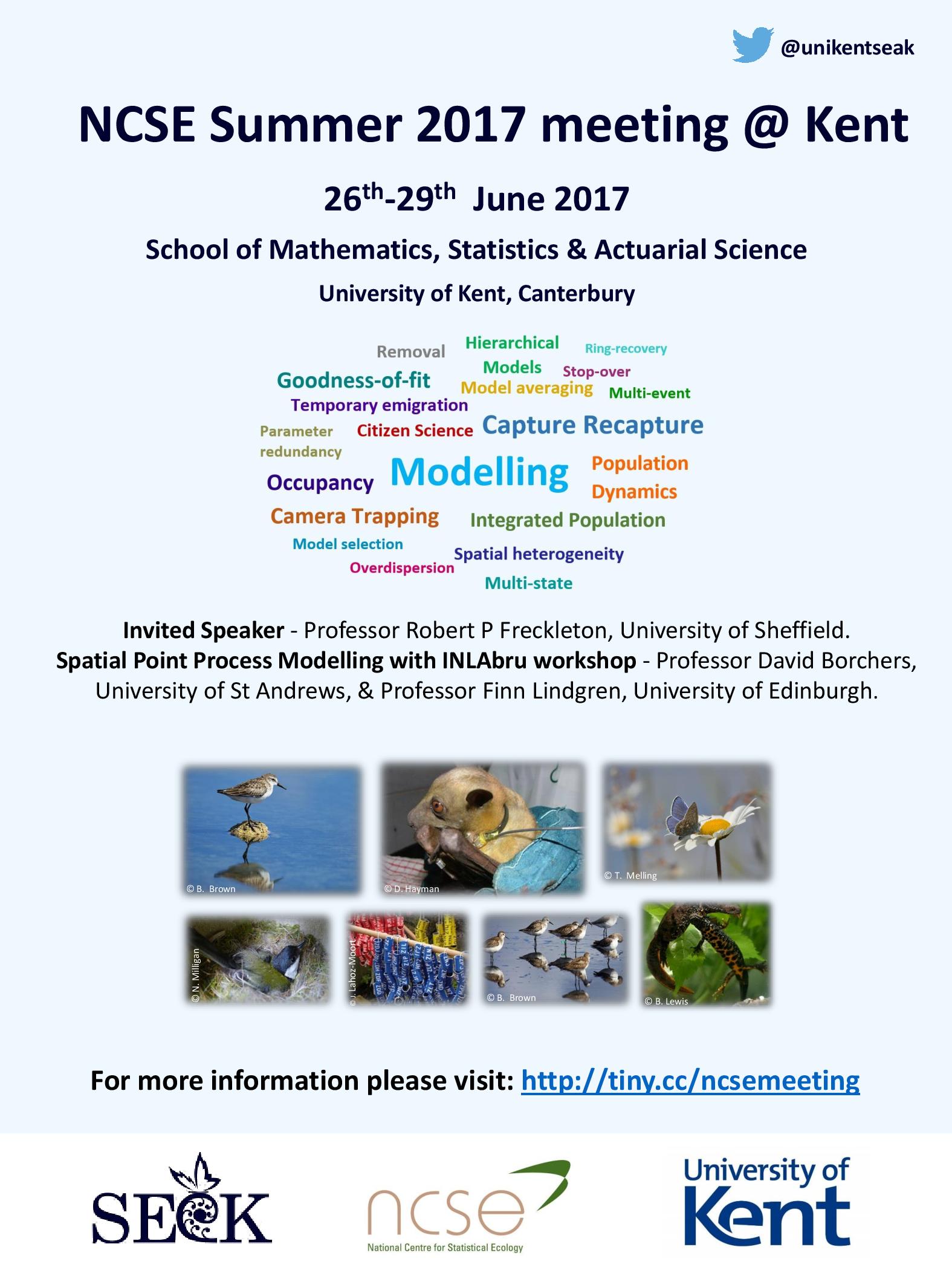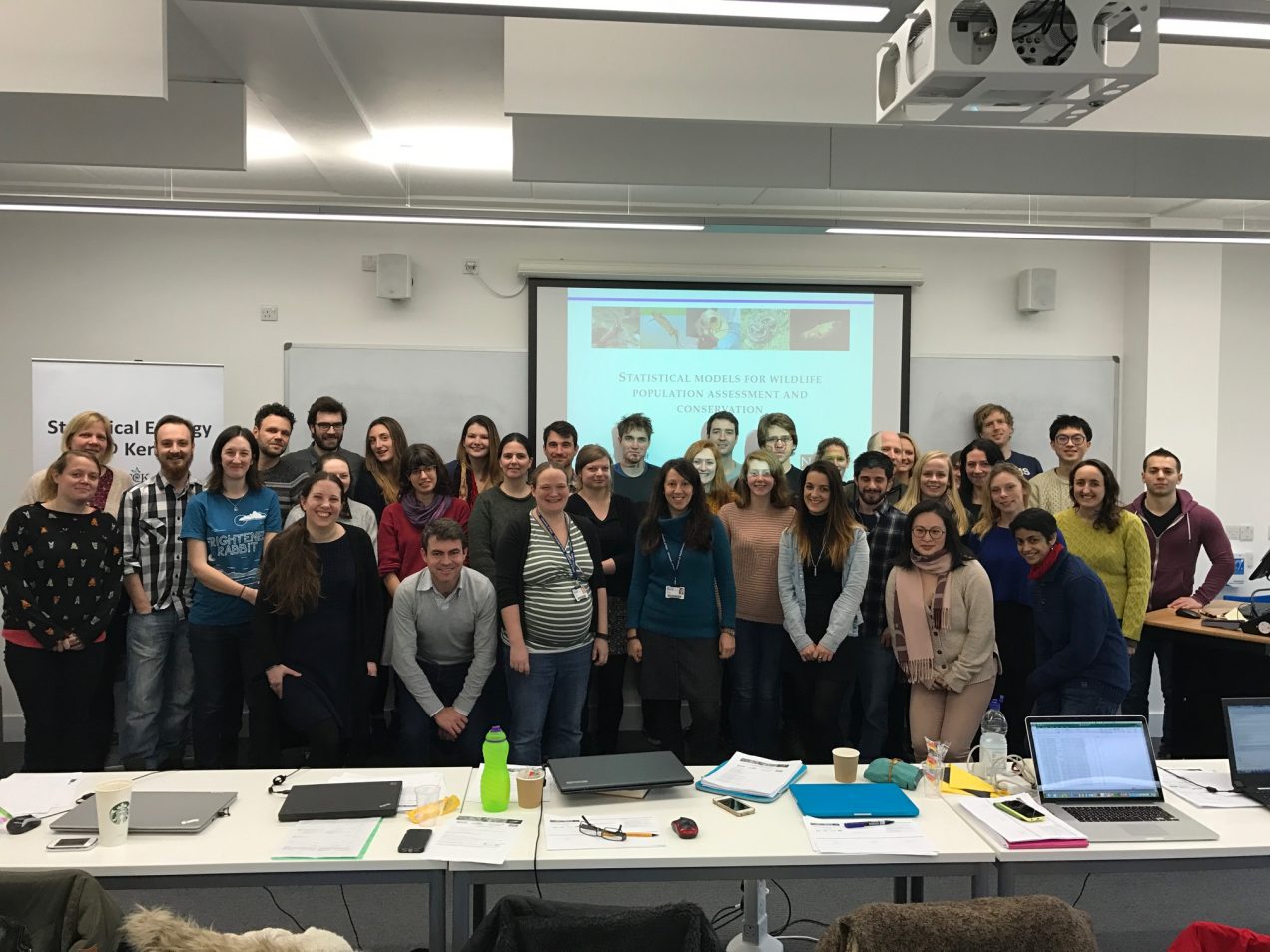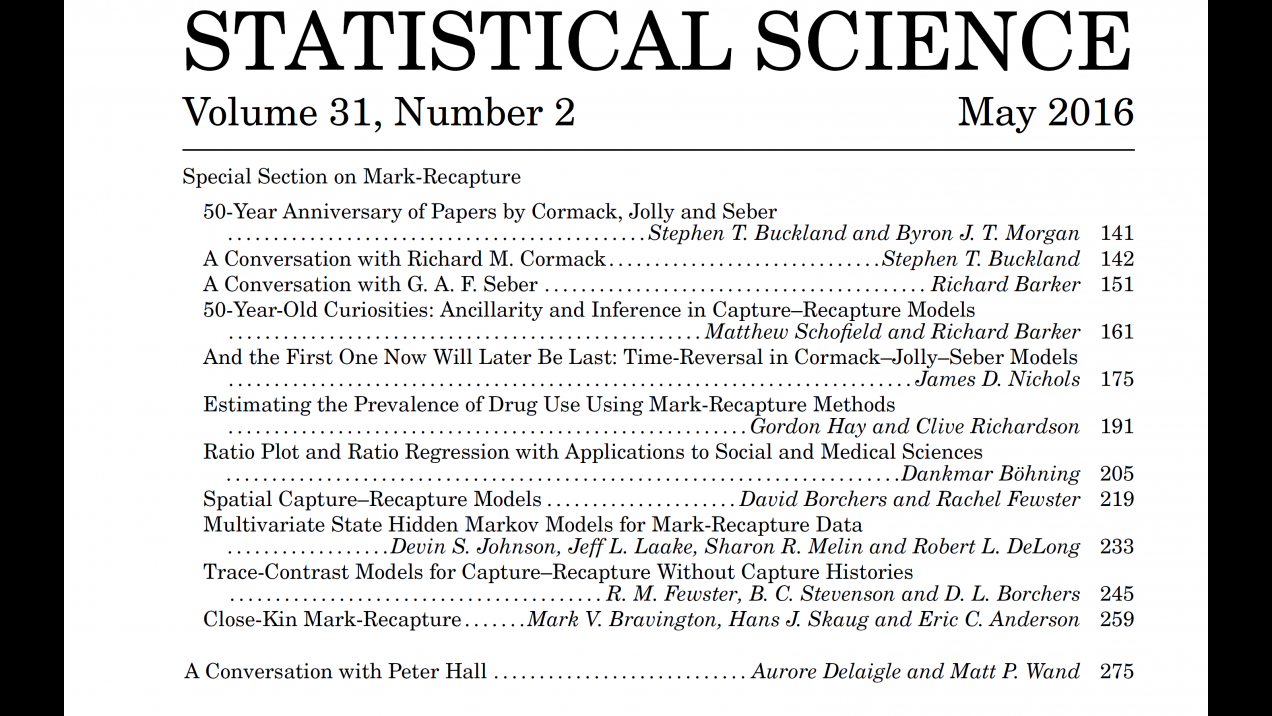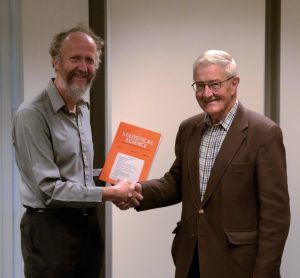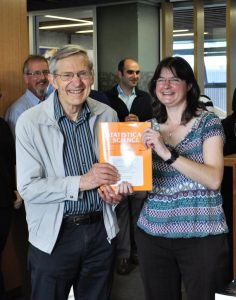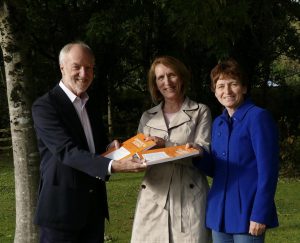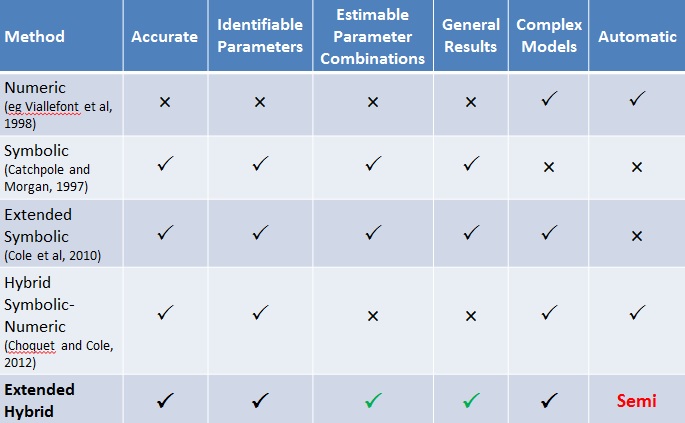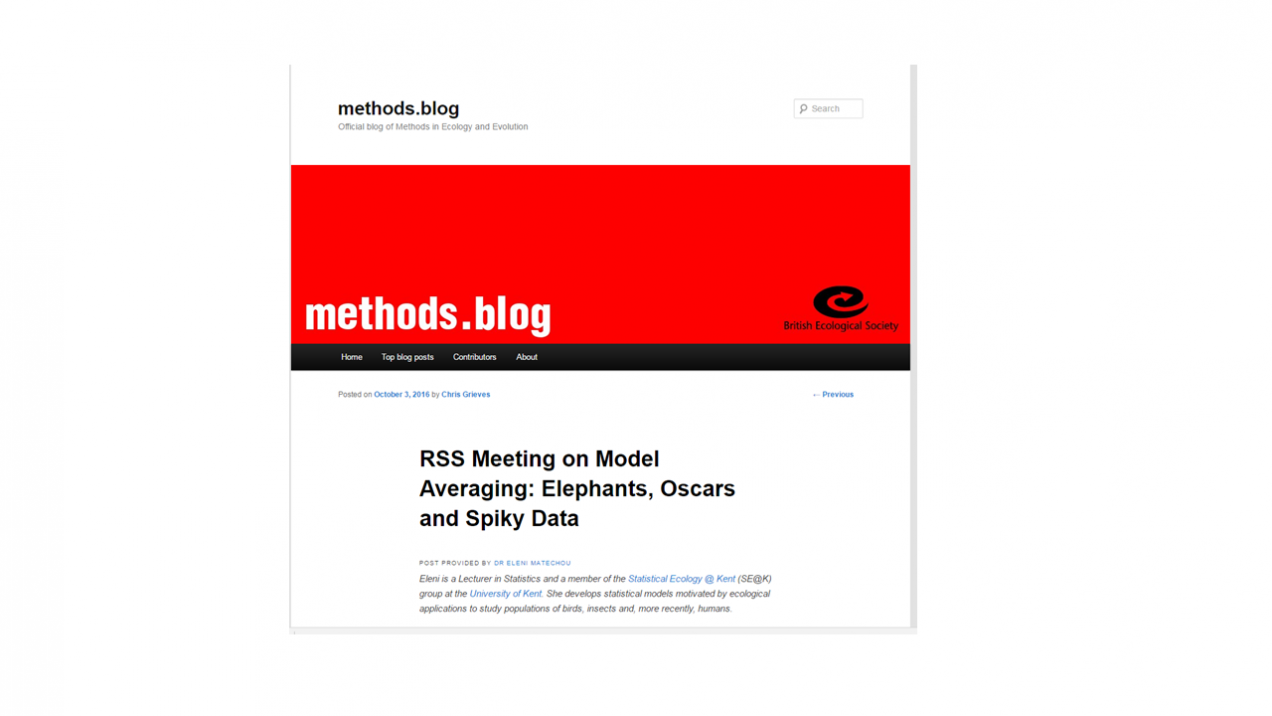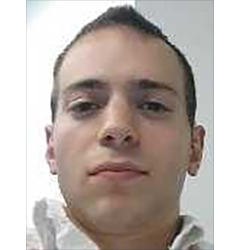Emily and Byron (with David Roy and Tom Brereton) have had the paper Urban indicators for UK butterflies published in Ecological Indicators. The paper is available at:
http://www.sciencedirect.com/science/article/pii/S1470160X17300092
The paper has been covered in the press including:
http://www.dailymail.co.uk/sciencetech/article-4229306/Paving-gardens-hits-city-butterflies.html
https://www.kent.ac.uk/news/environment/12510/the-statistics-behind-the-urban-decline-of-butterflies
Abstract:
Most people live in urban environments and there is a need to produce abundance indices to assist policy and management of urban greenspaces and gardens. While regional indices are produced, with the exception of birds, studies of the differences between urban and rural areas are rare. We explore these differences for UK butterflies, with the intention to describe changes that are relevant to people living in urban areas, in order to better connect people with nature in support of conservation, provide a measure relevant to human well-being, and assess the biodiversity status of the urban environment.
Transects walked under the UK Butterfly Monitoring Scheme are classified as urban or rural, using a classification for urban morphological zones. We use models from the Generalised Abundance Index family to produce urban and rural indices of relative abundance for UK butterfly species. Composite indices are constructed for various subsets of species. For univoltine and bivoltine species, where we are able to fit phenomenological models, we estimate measures of phenology and identify urban/rural differences. Trends in relative abundance over the period 1995–2014 are more negative in urban areas compared to rural areas for 25 out of 28 species. For the composite indices, all trends are negative, and they are significantly more negative for urban areas than for rural areas. Analysis of phenological parameters shows butterflies tend to emerge earlier in urban than in rural areas. In addition, some fly longer in urban than in rural areas, whereas in other cases the opposite is the case, and hypotheses are proposed to account for these features.
Investigating new urban/rural indicators has revealed national declines that are stronger for urban areas. For continued monitoring, there is a need for an urban butterfly indicator, and for this to be evaluated and reported annually. We explain how this may be interpreted, and the relevance for other monitoring schemes. The results of this paper, including the phenological findings, shed new light on the potentially deleterious effects of urbanisation and climate change, which require suitable monitoring and reporting to support policy and management, for example of urban greenspaces and gardens.

